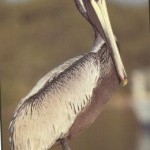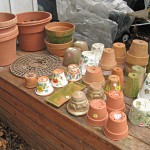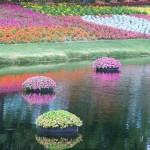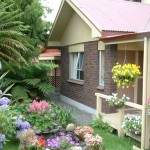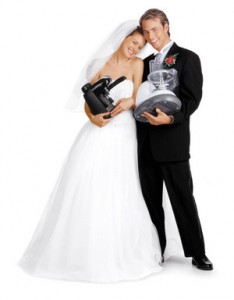Most people stare in disbelief when they learn of the number of birds that annually visit their Lancaster, South Carolina climate.
Many little suspect, what rare and elegant visitors from Mexico, from Central and South America, and from the islands of the sea, are holding their reunions in nearby neighborhoods.
 The Secrets Of Attracting Wild Birds To Your Yard:
The Secrets Of Attracting Wild Birds To Your Yard:
The life of birds, especially of our migratory song-birds, The home instinct is strong in birds – once they have a home they will return to it every year.
The Needs of Birds and how PurpleRoosterOnline can help you find the right birdhouse in South Carolina;
Birds needs are simple but must be provided in the way that various species desire and require. If you follow a few rules you should have no difficulty in supplying what is needed to attract wild birds to your yard.
The chief needs of birds have to do with the;
- securing of food and water,
- rearing of their young,
- protection at all times from the dangers to which they are exposed
- You can learn to identify wild birds and their song, and turn your yard into a bird sanctuary!
There are many bird clubs in South Carolina that can help you.
It takes little money – precious little when you consider the many hours of enjoyment you gain – for Mother Nature to send the birds to you!
From your friends at PurpleRoosterOnline
